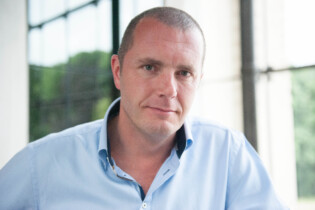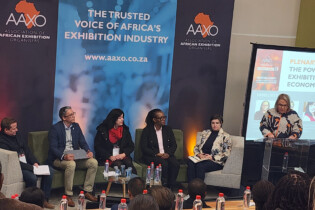With a population of 30 million people, Saudi Arabia is the largest country in the GCC and is working hard to diversify its economy by moving away from its primary reliance on oil. Boasting one of the strongest institutional structures in the region, with several independent professional bodies driving industry standards and classifications, Saudi Arabia is also home to some of the region’s largest universities, catering to a burgeoning Saudi youth population.
The majority of regional pharmaceutical budgets sit in this country, and some of the largest medical meetings of the region take place in Saudi, for a majority Saudi audience with some regional and international attendees. The Saudi asssociations behind these organisations typically reach out to their regional and international counter parts in terms of content development as well as best practices, but there is clear potential for more structured partnerships and strategic growth.
More needs to be done to relax entry visa permits for foreign companies to enter, while social segregation and women’s limited role in society remain problematic for various international associations looking to develop in the country.
India is its own market, with a unique eco-system and strong institutional structure. With a quarter of India’s 1.2 billion people currently defined as a strong emerging middle class – in absolute numbers this is about as big as the entire US population – India is a dream market in terms of both growing consumer numbers and a growing demand for higher education and professional development.
Thanks to this ever-expanding middle class, India is where many international associations out of the US and Europe are looking to expand their membership bases, as well products such as training programmes and international meetings.
Successfully tapping into the Indian market is not easy, however. A long-term view and perseverance are vital, and international associations need to invest in strong local expertise and knowledge, ensuring that 90% of strategic decisions are made in the country and 10% come from the HQ, balancing local responsiveness and global standardisation.
BEYOND IMEA: NEXT 11
In 2007, Goldman Sachs identified the Next 11 (N-11); 11 countries that could potentially rival the G7 over time, even if they lack the scale to become the next BRICS (Brazil, Russia, India, China, South Africa.)
Made up of Bangladesh, Egypt, Indonesia, Iran, South Korea, Mexico, Nigeria, Pakistan, the Philippines, Turkey and Vietnam, the N-11 is a very eclectic mix identified in the context of similar BRICS themes; energy, infrastructure, urbanisation, human capital and technology.
Despite their differences, there are many examples of these countries working together economically and, as most already have existing strong institutional and association frameworks despite their ‘motley crew’ backgrounds, the opportunities for associations are clear.
From an IMEA perspective, it’s important to note that six of the N-11 countries fall well within its territories. While today’s association growth drive in IMEA is focused on the GCC countries, it will be increasingly important for forward-thinking associations to keep up with developments in Egypt, Iran, Nigeria, Pakistan, and Turkey







